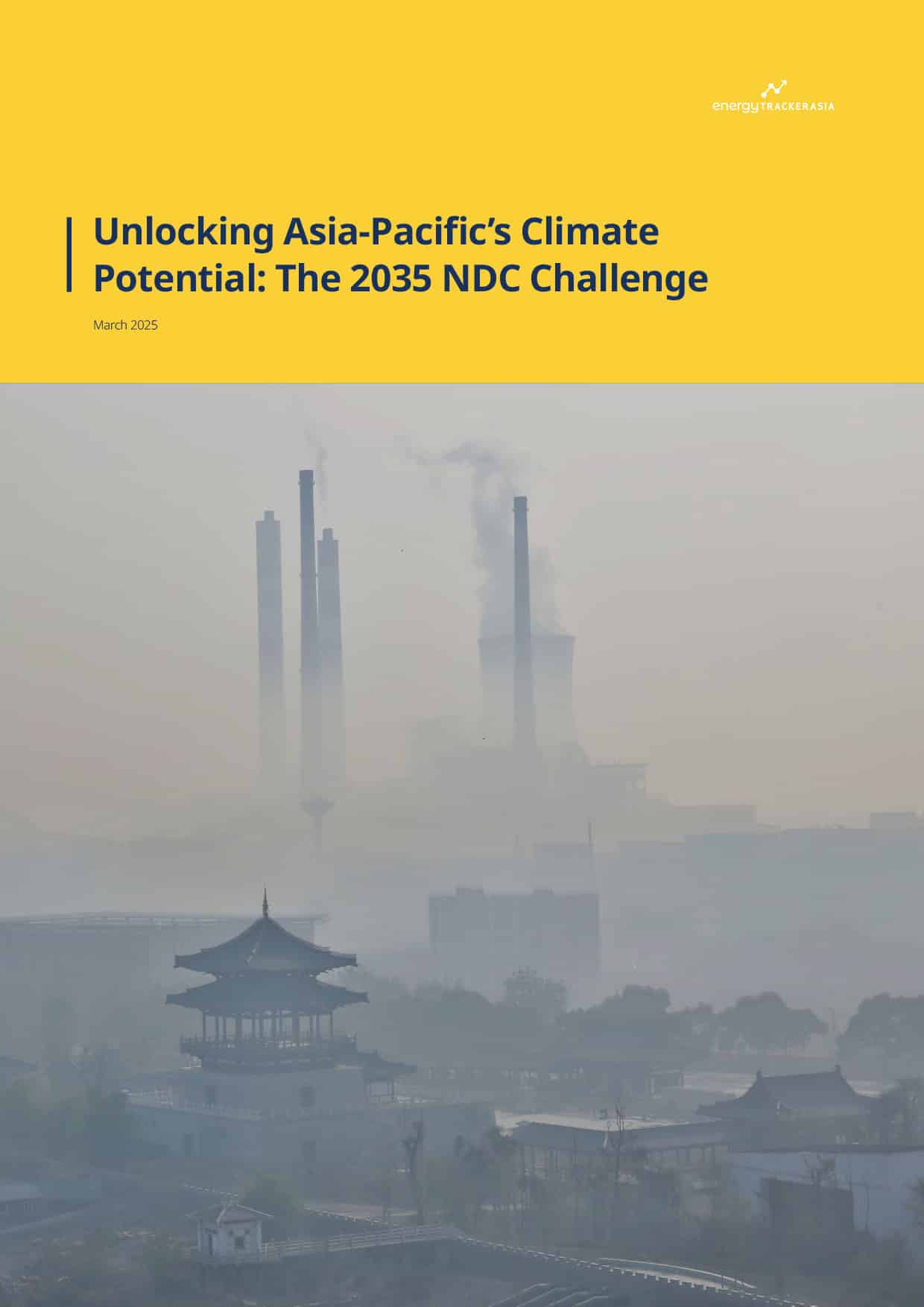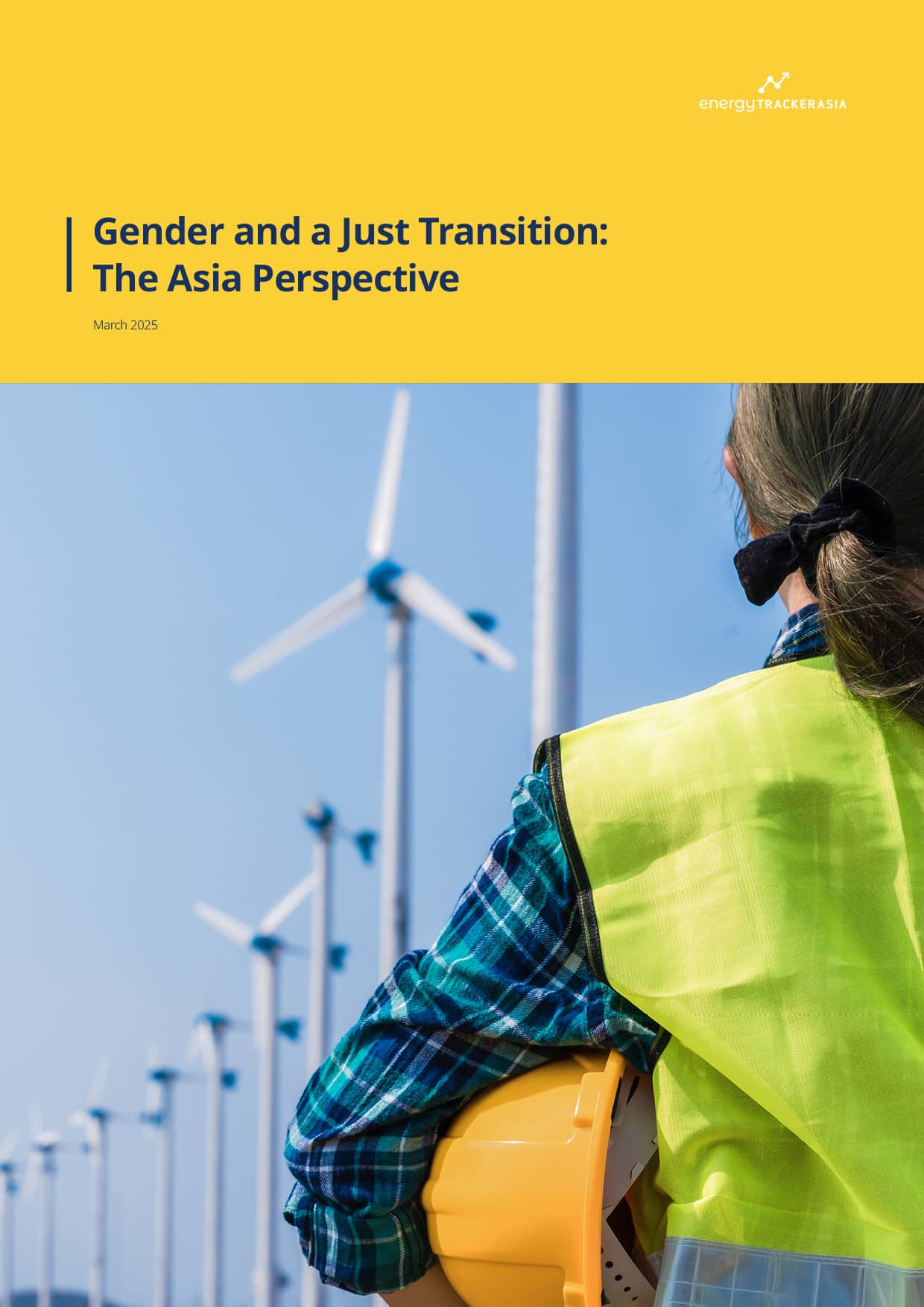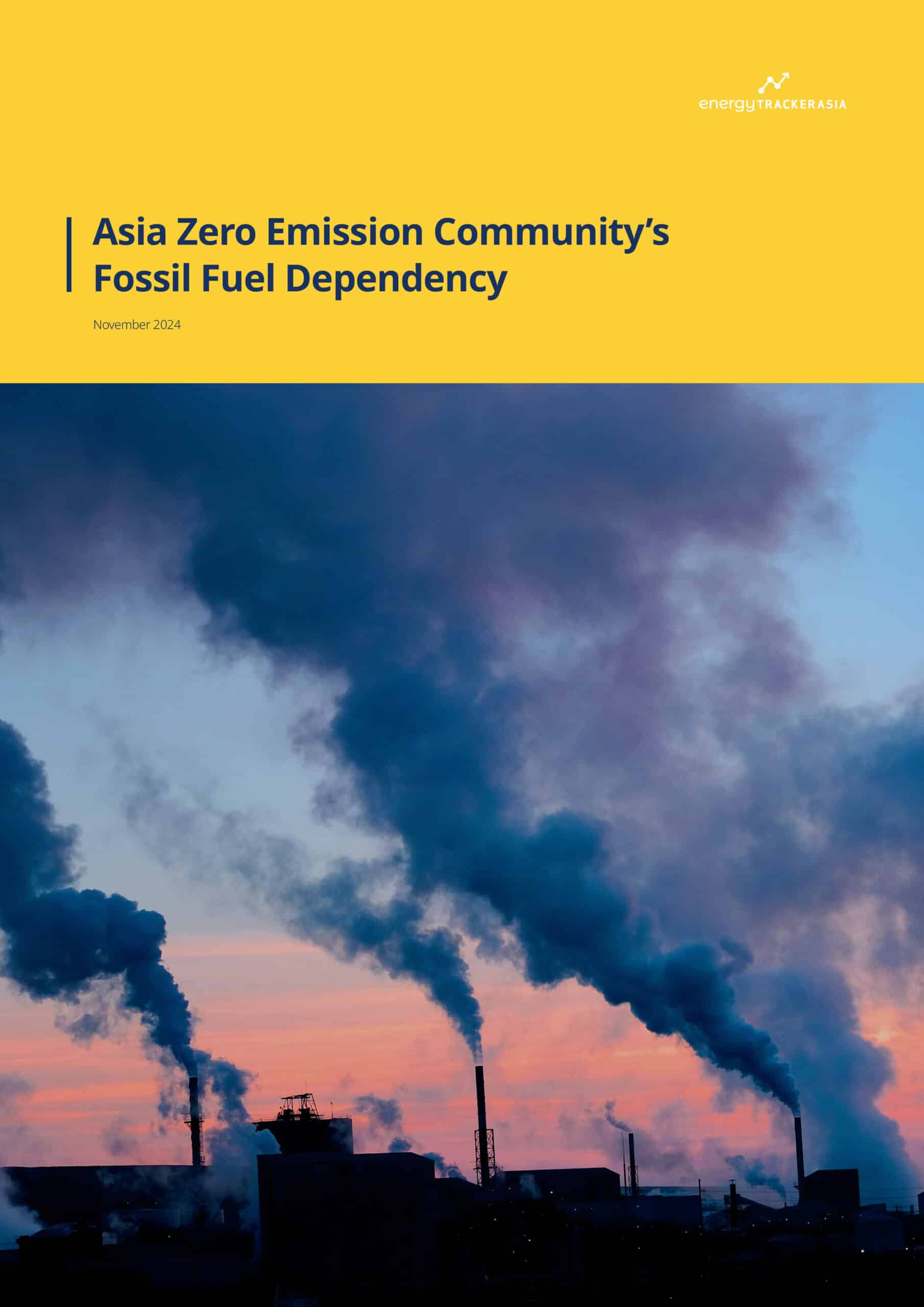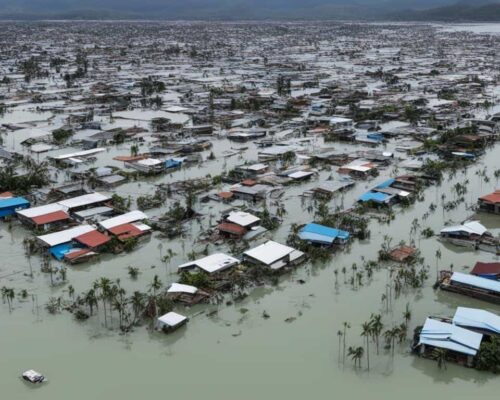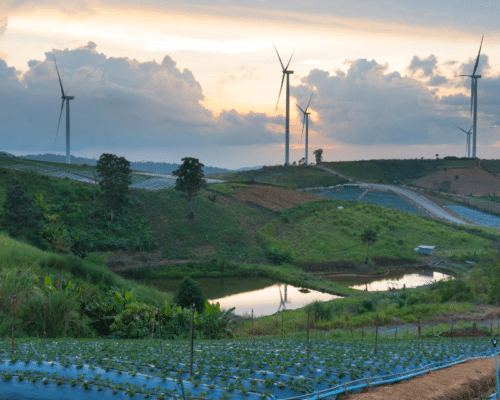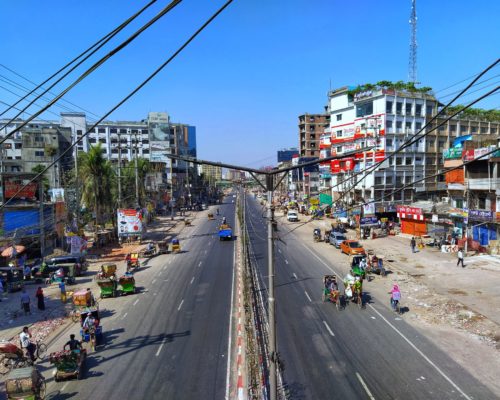Trump’s Environmental Policy: Is “Climate Change the Greatest Con Job Ever”?
24 September 2025 – by Heba Hashem
Donald Trump’s environmental policy trajectory has sent shockwaves through the global climate arena. In his speech at the United Nations General Assembly he dismissed climate change as the biggest con job ever.
President Trump’s pullback is also accelerating a shift, giving Asian nations such as China, Singapore and Malaysia the opportunity to step up as the next generation of climate leaders.
Renewable Energy Programmes Cut, Progress Halted: Massive Blow to Environmental Justice and Climate Action
With Washington retreating from climate cooperation, Asia loses a critical partner. Southeast Asian nations in particular could see clean energy investment and adaptation efforts stall.
The damage was immediate. In early February, President Trump ordered the shutdown of all USAID projects — a massive blow to climate action in Asia.
The cuts derailed renewable energy auctions in the Philippines that would have added 5.3 GW of capacity between 2024 and 2026, a 65% boost. Other programs — ranging from Adapt Asia-Pacific’s green technology transfer to Asia Resilient Cities’ low-carbon infrastructure, and the LEAF forest emissions initiative — were also shelved.
“All these projects have now been terminated or suspended,” said Railla Puno, associate lead of the Climate Change Law and Policy Program at the National University of Singapore’s Centre for International Law.
The ripple effects are spreading. Officials in Indonesia and Argentina have already said they are weighing a withdrawal from the Paris Agreement in response to the US exit.
Air Pollution Set Back as Global Emissions Gap Widens
Trump’s deregulatory push has weakened protections against air and water pollution, loosened standards for heavy emitters and slowed US decarbonisation.
As the world’s second-largest emitter, the US accounts for 12.6% of global greenhouse gases. Forecasts now project American greenhouse gas emissions will fall only 26–35% by 2035, down from earlier estimates of 56%.
“To the extent that the US fails to reduce emissions or increases them, other countries will have to make even greater reductions to slow the climate effects,” said Puno.
Are Fossil Fuels as Cheap as Trump Claims?
Reviving coal has become a centrepiece of Trump’s second term. He has exempted coal-fired power plants from emissions rules, expanded mining and boosted exports. His administration has also fast-tracked permits for oil and gas projects and opened more public lands for drilling.
Trump calls coal “cheap” and “incredibly efficient”. Yet, the economics suggest otherwise. Keeping ageing coal and gas plants alive could cost US consumers between USD 3.1 billion and USD 5.9 billion annually, according to an analysis prepared for Earthjustice, the Sierra Club and other groups.
The impact has reached Asia. Expanding Montana’s Bull Mountains coal mine is aimed squarely at exports to Japan and South Korea, undercutting their clean energy targets.
At the same time, Trump’s trade policies are encouraging Asian economies to buy more US liquefied natural gas — less polluting than coal, but still a fossil fuel that could slow the region’s transition to renewables.
Trump’s Tariffs and the Sustainability Dilemma
Trump’s sweeping tariffs are also redrawing the climate equation. While reshoring manufacturing to the US or Europe — where environmental standards are higher — could cut emissions in some sectors, the logistics of rerouting supply chains add new risks.
“If companies attempt to bypass tariffs by rerouting goods via third countries, […] logistics emissions could increase,” said Adam Yee, lead consultant at Argon & Co.
He added: “Moving out of China may reduce direct tariff exposure, but it doesn’t eliminate risk. In fact, it can introduce new challenges. Countries like Vietnam and India score lower on the OECD’s Environmental Policy Stringency Index compared to China.”
Even metals are caught in the crossfire. According to sustainability intelligence platform Altruistiq, tariffs on steel and aluminium — both recyclable materials — could drive businesses back toward plastic packaging.
“As steel and aluminium become more expensive, we may see a concerning surge in plastic consumption as businesses seek cheaper packaging alternatives,” Altruistiq noted. “This tariff-induced shift could significantly set back progress on plastic reduction goals and circular economy initiatives across multiple industries.”
Next Climate Leaders
With the US leadership fading, new opportunities are opening for Asia to step forward.
“Within this crisis lies an unprecedented opportunity for ASEAN to emerge as a global leader in climate action,” said Nirinder Singh Johl, founder and CEO of Malaysia-based sustainability firm Asia Carbonx Change. “The region has the resources, expertise and diplomatic finesse to lead the global climate fight, but political will and public support are crucial.”
China has already accelerated renewable deployment and expanded clean technology exports, helping to lower costs globally. In 2024, about 41% of its electricity generation came from low-carbon sources, including hydropower, wind, solar and nuclear power.
“China, in a break from tradition, released information during COP 29 on its climate financing efforts,” said Puno. “China also has exponentially increased production of green energy equipment, driving down the costs of the green energy transition significantly.”
Moreover, the country’s academic community has taken on a bigger role. “Chinese scientists are increasingly providing essential services to global assessments of climate change, such as the reports of the Intergovernmental Panel on Climate Change (IPCC),” said Erik Baark, visiting scholar at the Max Planck Institute for the History of Science.
He added: “This international position of Chinese climate change research will likely be strengthened while the Trump Administration’s attacks on the US academic community intensify and federal funding for research projects dry up.”
Elsewhere, Singapore is carving out a role as a green finance hub. Its state-owned investor Temasek reported nearly USD 46 billion in sustainability-linked investments in 2025, while Clime Capital recently launched a facility to channel funds into Southeast Asian clean energy projects.
Malaysia, assuming ASEAN’s chairmanship this year, is leveraging its expertise in renewable energy, biofuels, sustainable palm oil and forest management. Johl points to the country’s Large Scale Solar programme as proof that ambitious climate action can drive growth and jobs.
“As one of ASEAN’s most developed economies, Malaysia must act as a catalyst in regional transformation,” Johl said. “Recent collaborations, like the Malaysia-Singapore memorandum of understanding on carbon trading under Article 6.2 of the Paris Agreement, signify growing regional cooperation.”
Pivotal Moment Ahead for Asia’s Clean Energy Future
Trump’s return to the White House has clearly thrown global climate cooperation into disarray. But in Asia, the vacuum left by US disengagement is spurring new momentum.
China, Singapore and Malaysia are already positioning themselves as alternative leaders, while ASEAN faces the challenge — and opportunity — of building a unified climate agenda.
For the region, America’s retreat is no longer just distant political theatre. As Johl put it, it’s “a clarion call for decisive regional leadership in addressing mounting climate challenges.”
